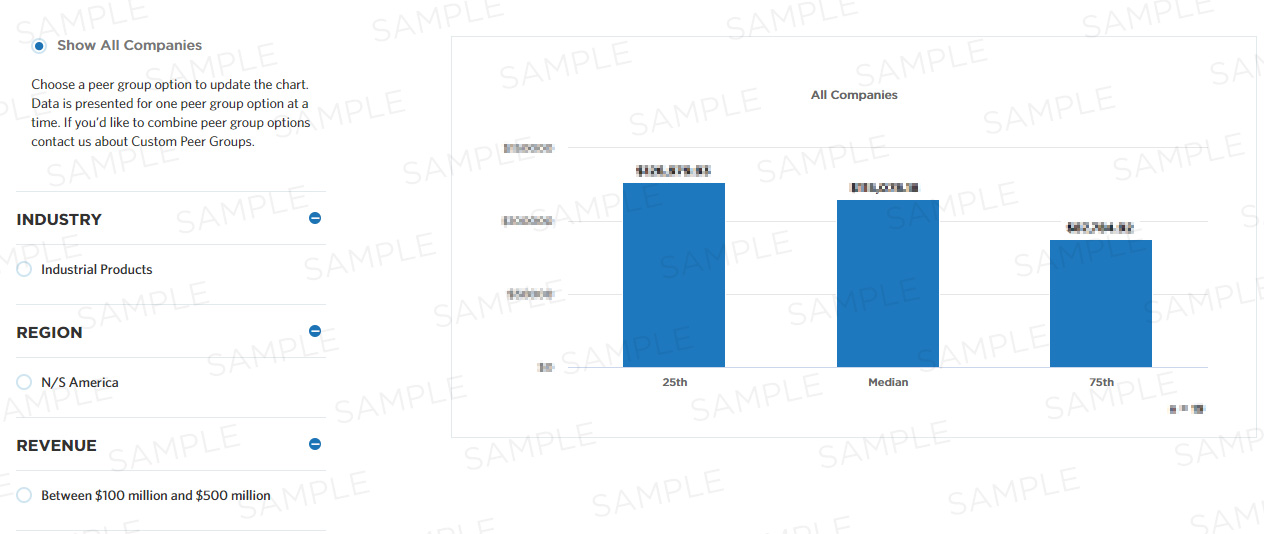Hours spent developing new e-learning training content per trainee
This measure calculates the number of hours spent per trainee on developing new e-learning training content. It is part of a set of Process Efficiency measures that help companies optimize their "develop and train employees" process by minimizing waste and refining resource consumption.
Benchmark Data
Measure Category:
Process Efficiency
Measure ID:
103480
Total Sample Size:
195 All Companies
Performers:
| 25th | Median | 75th |
|---|---|---|
| - | - | - |
Key Performance Indicator:
No

Compute this Measure
Units for this measure are hours.
Number of hours for developing e-learning training / Number of employees who attend e-learning training
Key Terms
Process efficiency
Process efficiency represents how well a process converts its inputs into outputs. A process that converts 100% of the inputs into outputs without waste is more efficient than one that converts a similar amount of inputs into fewer outputs.